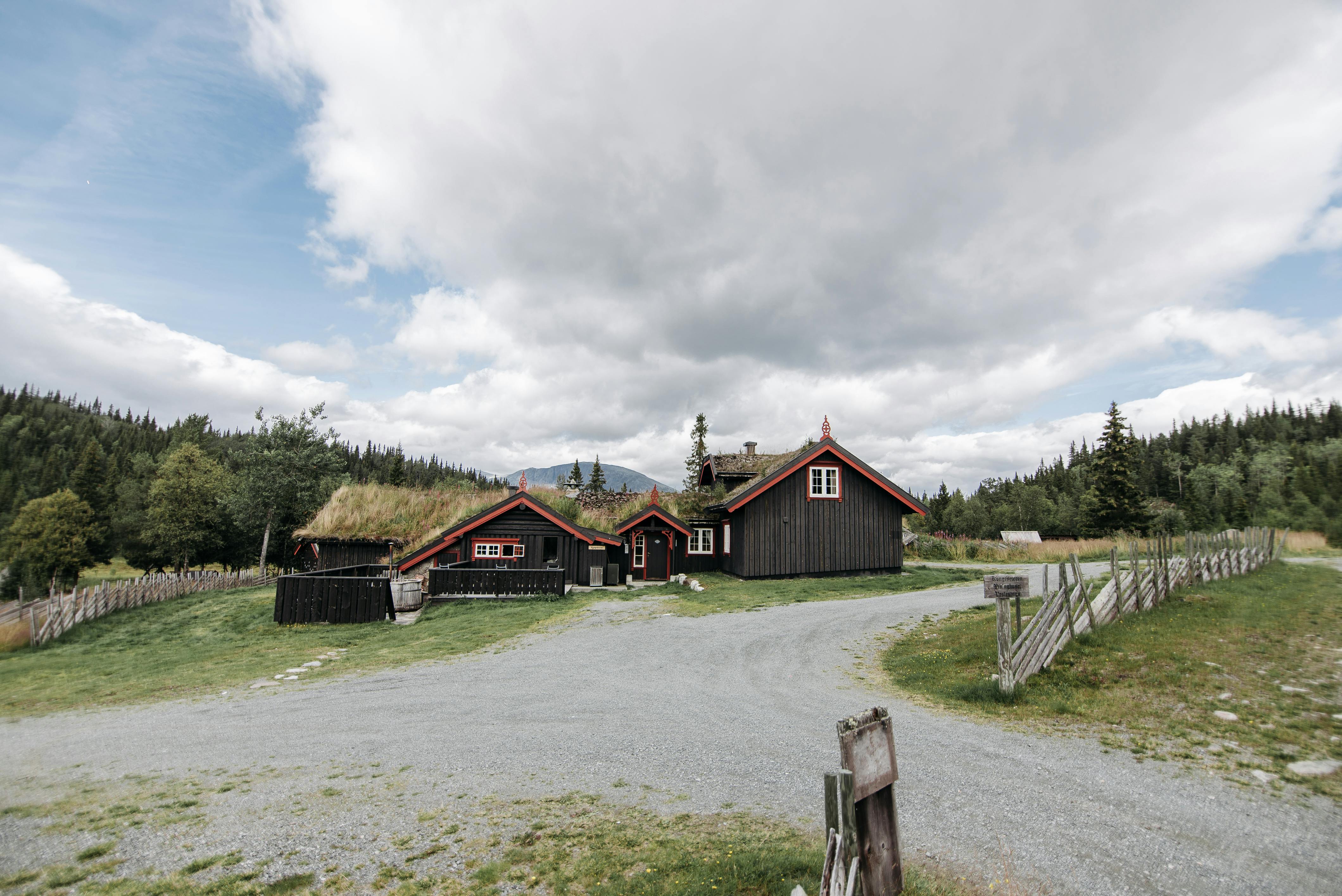The guild was governed by a council of six: two ecclesiastics, two municipal representatives, and two viticulturists. They met before and after the harvest to fix the price of the grapes and the price of the new must; insofar as such things can be calculated, based on the relative cost of living then and now, these prices were more than double what they are today. When the West Indies fleet was supplied with wine, this was arranged through a quota system, rather than free competition.
Worst of all, merchants were prohibited from hoarding large stocks; therefore, the wine was not sufficiently matured, and trade was lost because stock shortages caused delays in preparing the blends and coasters for shipment. The idea behind this extraordinary regulation was that such wine shops would divert profits from the hands of vintners to those of merchants, and that they would encourage speculation. The only large reserves of vintage wine were in the possession of the Church and in some private wineries.
These restrictions were intended to make trade easy and profitable with a minimum of effort and competition, but in fact had the opposite effect and sherry shippers were unable to compete with wines grown elsewhere. Malaga, for example, exported a rich dessert wine not unlike sherry, and it became popular in Britain under the name Mountain. This captured much of the market available for Spanish wines, and exports from Málaga were greater than those from Cádiz or Sanlúcar.
The Guild’s restrictions were opposed by several merchants, notably John Haurie. There was a trial and many acrimonious disputes, not all related to wine: the deputies were accused of spending too much on fireworks for the annual festival of San Ginés and on gifts of chocolate and cocktails. But despite all the efforts of its opponents, the guild continued until it was dissolved by royal proclamation in 1834, after 101 years of disastrous existence.
By 1754, due to the poor state of the trade, only nine sherry porters remained in Jerez, and it is doubtful if more than one of them was English. The lone Englishman was John Brickdale, who was said to be a Freemason, despite which he apparently got on well with the local churchmen. He was also a supporter of the church of San Jorge in Sanlúcar, although this does not necessarily mean that he was Catholic: he perhaps supported it simply because he was English.
Other English merchants, however, traded in Cádiz and at least one of them -Henry Pickering- was also interested in exporting wine. In 1785, a Catholic Gordon family arrived from Scotland, and by the turn of the century they had become prominent in the wine industry. Haurie amassed several British assistants around the same time.
Haurie himself was a refugee from France, and was joined by relatives and compatriots such as Pemartin, Domecq and Lacoste, whose job it was to do much to revive the sherry and coaster trade. Other families of French origin that are still active in the Jerez trade are Lustau, Lacave and Delage. There was also an influx of capital from the Indies, brought back to Andalusia due to political turmoil in the colonies.
The English merchants that were there lived in Sanlúcar, and the most prominent of them was Henry Stonor. As a younger son, he could not expect an inheritance and, as a Catholic, he did not have much of a career in Britain. Like many other cadets in his family, he chose to seek his fortune in a Catholic country. After finishing his studies in Douai in 1760, he settled in Cádiz, taking with him an official copy of his pedigree and arms, obtained from the College of Heralds.
After a few years, he married an Englishwoman, Elizabeth Gardiner-Brown, and they settled in Sanlúcar, where Stonor developed an extensive business as a general merchant. He exported orange and lemon trees to supply fashionable greenhouses, along with nests of Spanish partridges and, of course, sherry. In exchange, he imported British sporting and harness dogs, specializing in greyhounds. One of his four sons took a temporary commission in the Spanish army and caused a sensation by visiting his English relatives resplendent in his striking uniform.
Other English residents in Sanlúcar at the time included Captain David Ferrier, whose precise occupation (if he had one) is uncertain, but he had a clerk named Gaspar Muclek and a butler named Joseph Colisons. In 1754 thirty-two English residents signed a petition to the Pope concerning the appointment of a visitor to the Church of St. George. Probably only a few of them were related to the wine trade.
